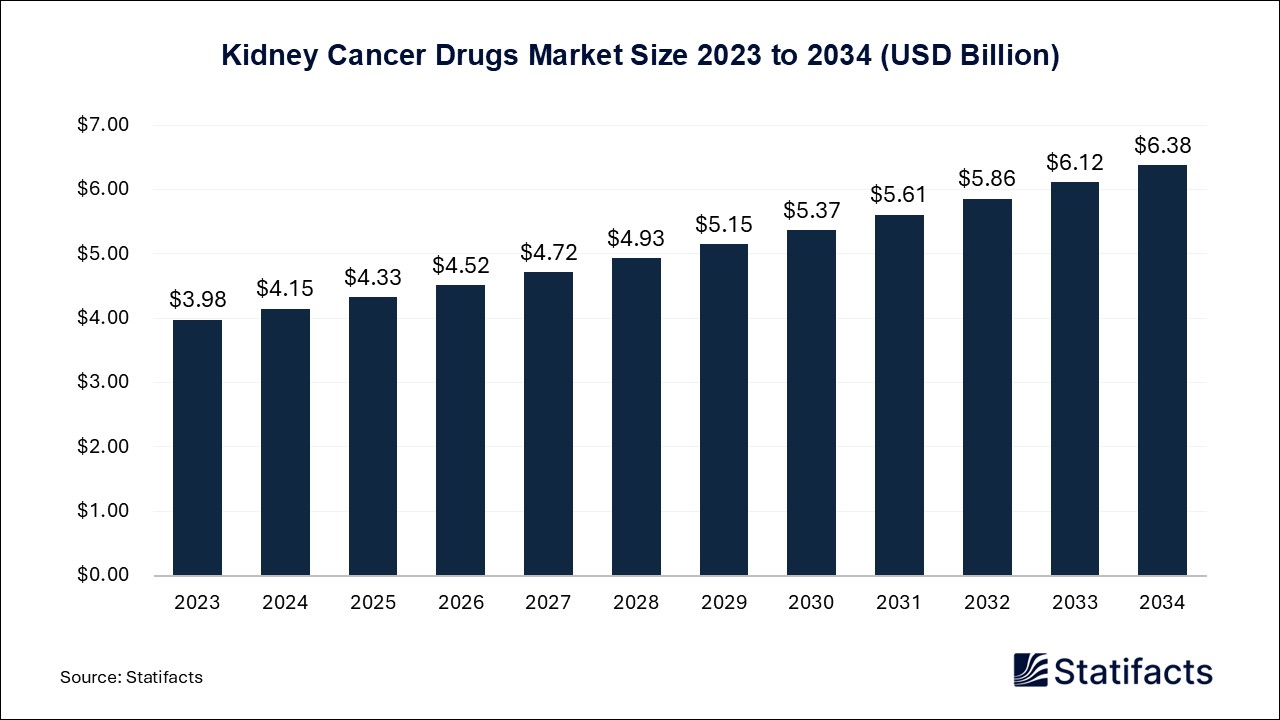
By clicking “Accept All Cookies” you agree to the storing of cookies on your device to enhance site navigation, analyze site usage, and assist in our marketing efforts.
Privacy PolicyThe U.S. dairy products market size was calculated at USD 48.64 billion in 2024 and is predicted to attain around USD 67.16 billion by 2034, expanding at a CAGR of 3.27% from 2025 to 2034.
| Industry Worth | Details |
| Market Size in 2025 | USD 50.18 Billion |
| Market Size by 2034 | USD 67.16 Billion |
| Market Growth Rate from 2025 to 2034 | CAGR of 3.27% |
Dairy products are a kind of food that is obtained primarily from or contains milk of mammals like sheep, goats, cattle, etc. Dairy products include a variety of foods like yogurt, butter, cheese, and many more. The dairy products include lactose-free milk, cheese, yogurt, milk, and fortified soy milk, and yogurt. Eating or drinking dairy products offers health benefits like building and maintaining strong bones.
The U.S. dairy products market includes a wide range of applications across many industries, including non-food applications, pharmaceuticals, beverages, and the food industry. Dairy products' benefits include weight management, vitamin B12, dairy’s health benefits, dairy products improve digestion, dairy products for weight loss, heart health, oral hygiene, milk packed with nutrients, blood pressure, and bone health.
Growing consumer preferences for value-added and packaged dairy products: Value-added and packaged dairy products can be achieved by manufacturing a wide range of processed products. Value added is the additional features or economic value that a company adds to its products and services before offering them to customers.
Increased disposable incomes: More disposable income means a higher level of living. It makes it possible for people to enjoy high-quality goods and services, hobbies, leisure pursuits, and participation in social and cultural events. When disposable income increases, people generally have more money to spend, which may lead to demand for the dairy products market.
High initial investment: Starting a dairy farming business is challenging because of the high initial investment in infrastructure, feed, cattle, and land. Livestock management needs expertise in breeding, nutrition, and healthcare. Market fluctuations in feed costs and milk prices affect profitability.
Integration of AI: The benefits of AI in dairy products include improved decision making with data-driven insights, identifying opportunities for process improvements, automating routine tasks like feeding & milking, predicting & preventing disease outbreaks, and optimizing herd health and nutrition. artificial intelligence (AI) technologies contribute to sustainable dairy farming by improving resource management. AI-based systems can monitor environmental conditions like ventilation, humidity, and temperature.
Published by Vidyesh Swar
The market is valued at over USD 50.18 billion and is expected to grow steadily.
Dairy products are used for applications such as nutritional benefits, including vitamin D, vitamin B12, calcium, and protein.
Key industries include sports nutrition, infant nutrition, cheese production, dairy products, and bakery and pastry.
The market is expected to grow significantly, driven by the integration of AI, increased demand for automation, technological advancements, and the rise of e-commerce.
Dairy products enhance operational efficiency, reduce labor costs, improve safety, and provide scalability in automation.
To get full access to our Market Insights, you need a Professional Account or a Business Suite.

You will receive an email from our Business Development Manager. Please be sure to check your SPAM/JUNK folder too.

You will receive an email from our Business Development Manager. Please be sure to check your SPAM/JUNK folder too.

Our customers work more efficiently and benefit from


